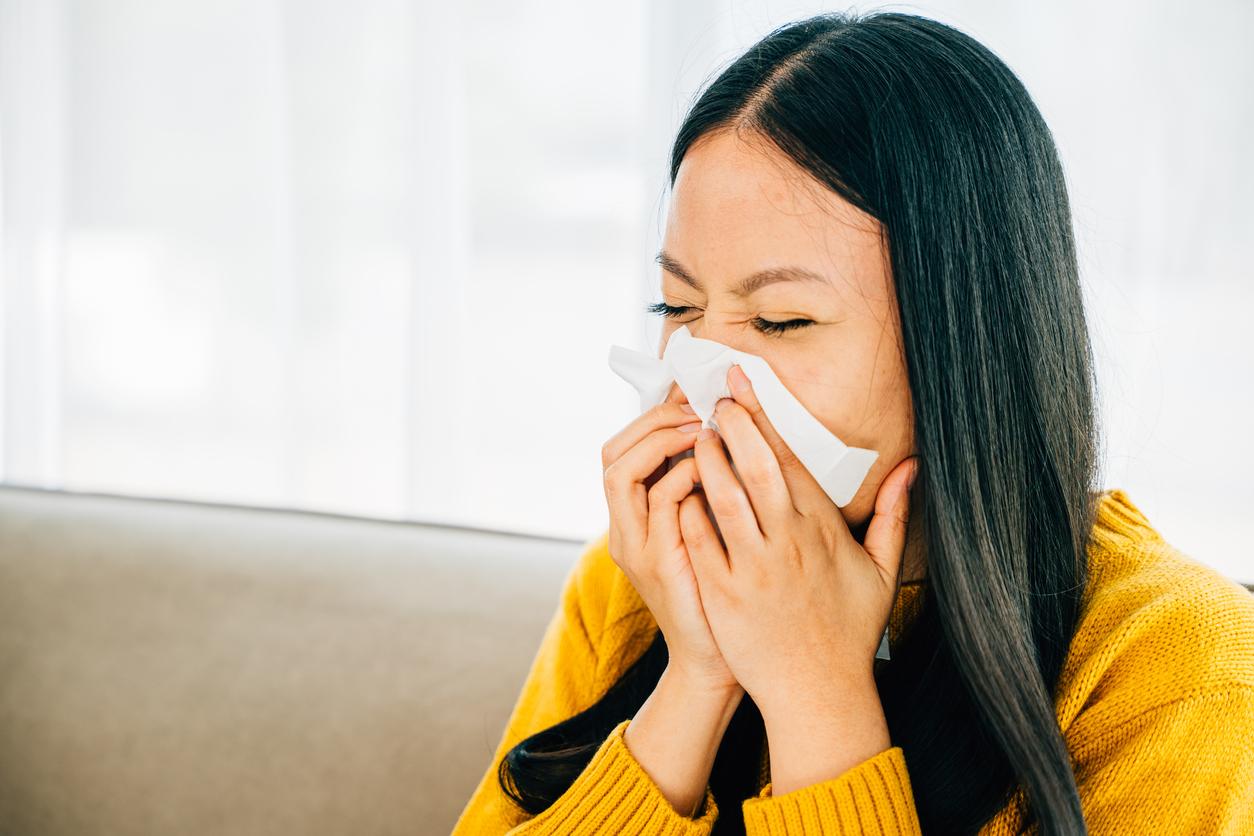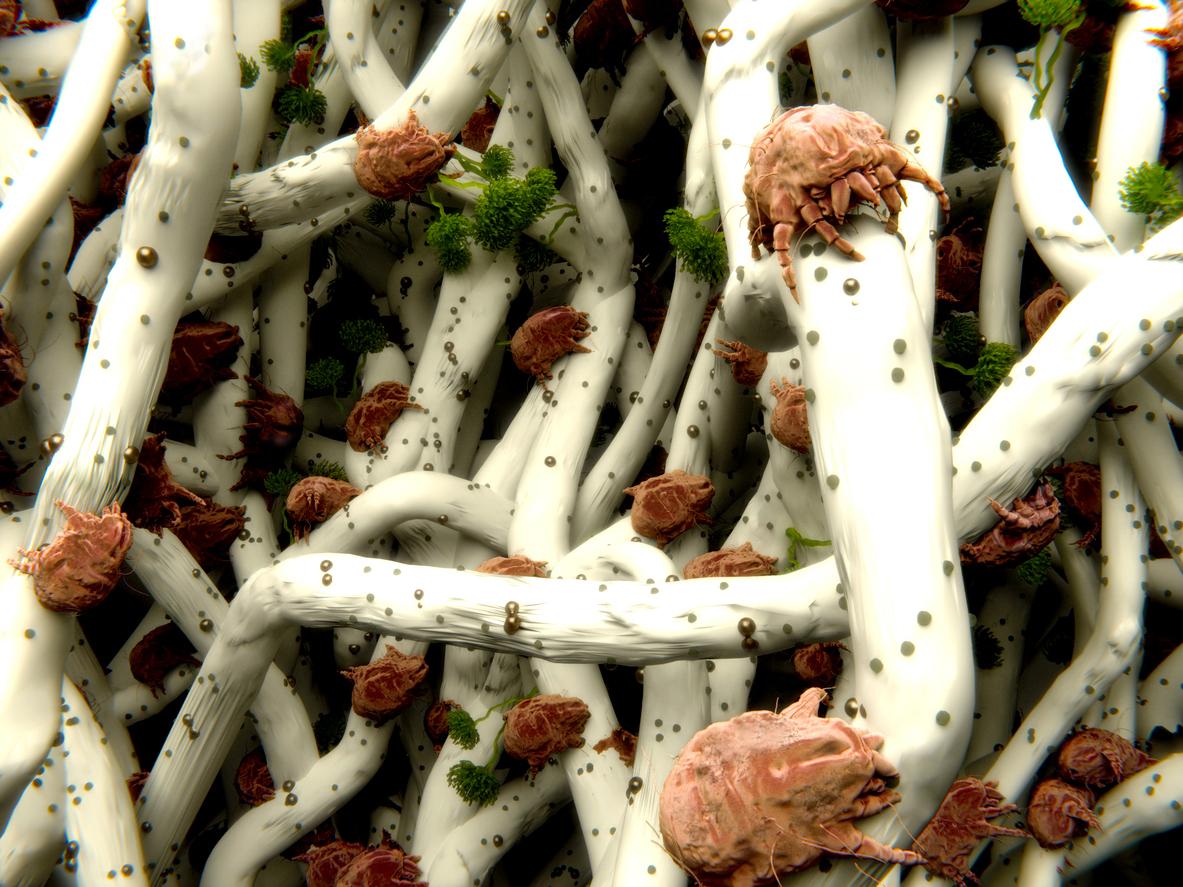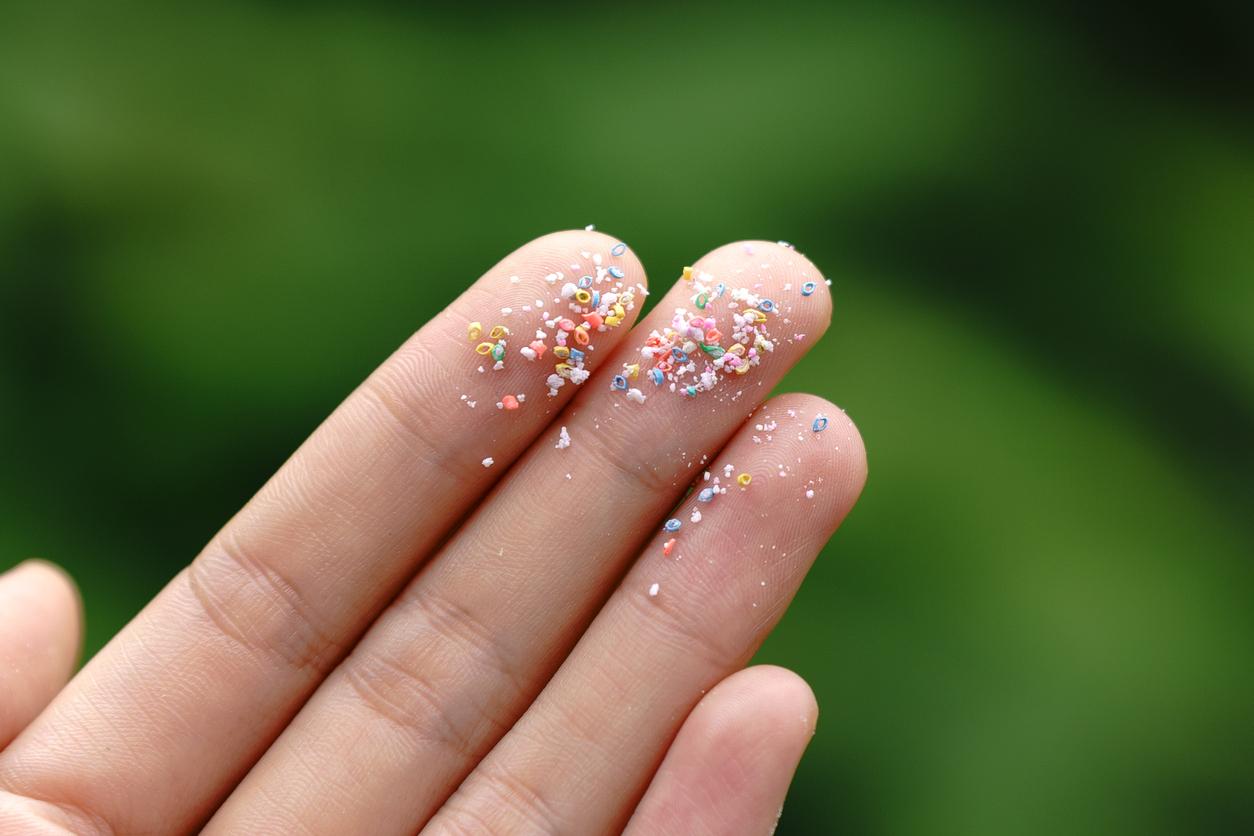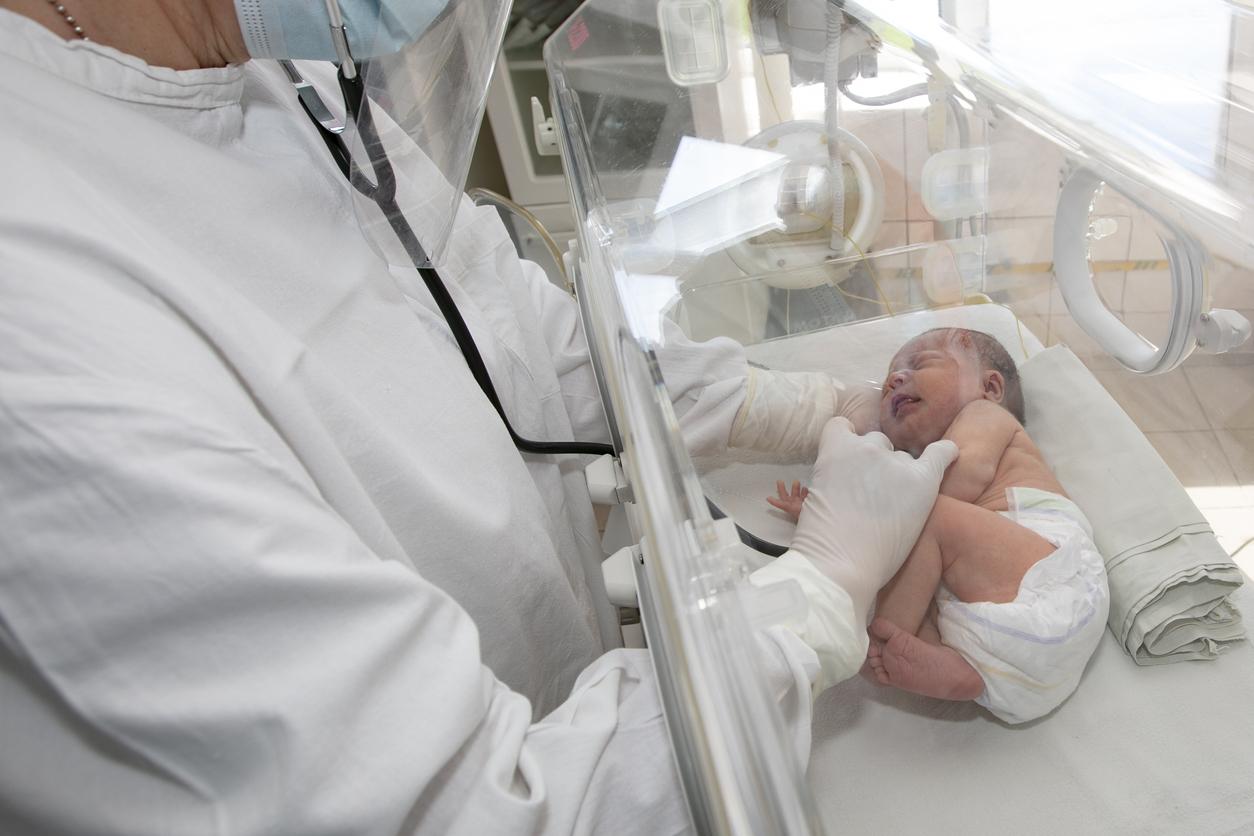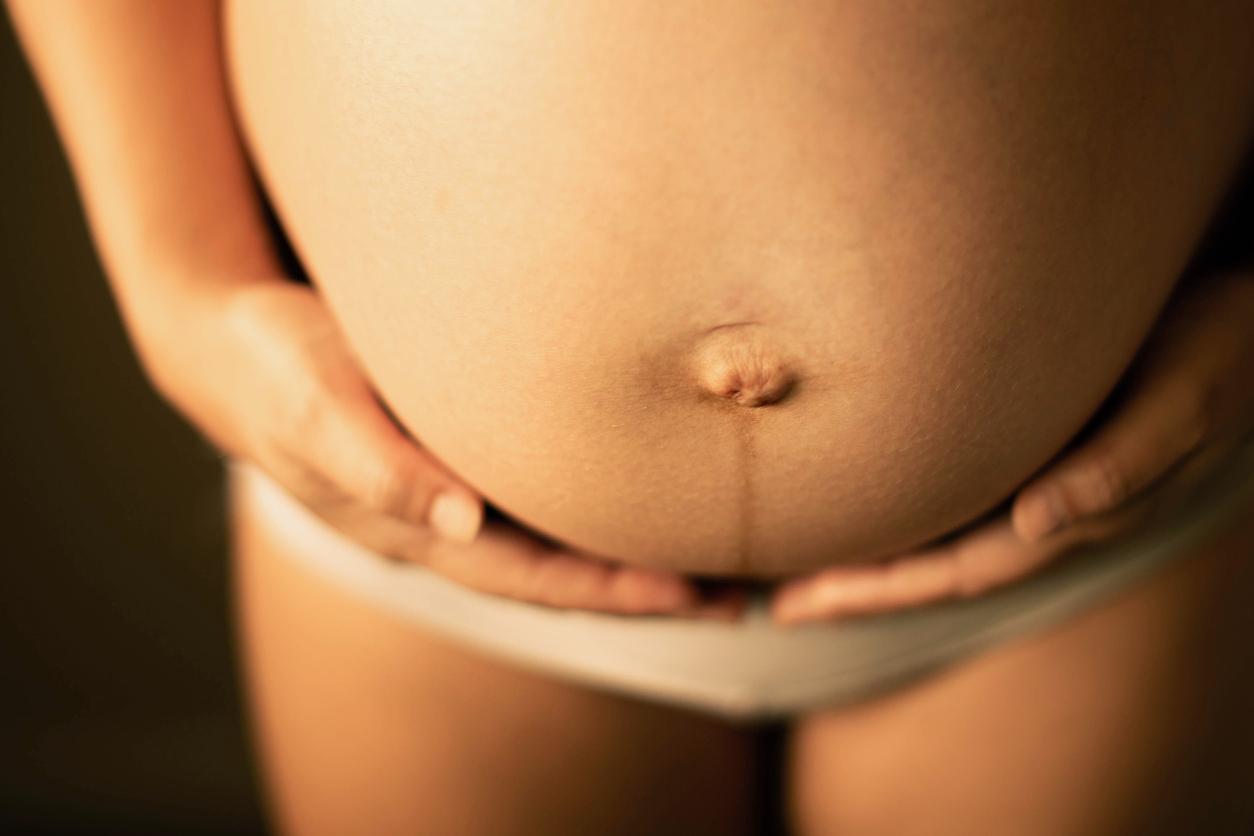The mattresses harbor dust mites but also toxic products used in the manufacture of bedding. For a baby sleeping 20 hours a day, the exposure time is maximum.
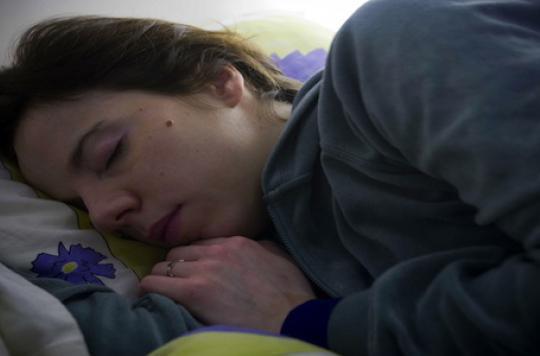
“I remember very well this young woman who had health problems because of her mattress, testifies Martine Ott, medical advisor in the interior environment, at the university hospitals of Strasbourg. Pregnant with twins, she had been bedridden for several months. And after a while, neurological symptoms manifested themselves. She suffered from headaches, trouble concentrating, etc. A laboratory analyzed his mattress: the level of permethrin, an insecticide used to fight against dust mites, was very high. ”
After changing bedding, her troubles disappeared. Martine Ott, who has been making home visits to patients with respiratory pathologies for years, is certainly not often faced with this kind of situation but they could well be more and more.
An American study recently presented at the International Congress on Air Quality showed that baby mattresses contained around ten volatile organic compounds, but also phthalates, or even flame retardants. And new mattresses are the most toxic. The American Institute of Indoor Air made the same observation. They refurbished a child’s room and seven days later the pollution rate had climbed. And the mattress alone, concentrated a hundred different chemicals.
If mattresses and pillows are increasingly suspected of being sources of pollution, it is not only because we are more concerned about the quality of our indoor air. The problem is that all mattresses are treated against dust mites, mold, the risk of inflammation. However, to treat mattresses, manufacturers use products that are themselves toxic.
Listen to Martine Ott, medical advisor in indoor environment in Strasbourg: “These anti-dust mites only add to the list of chemical pollutants.”
Exposure to these toxic products is all the more regrettable as many non-allergic people buy them unnecessarily. In addition, anti-dust mite mattresses have not proven their effectiveness. “Anyway, after about a year, the anti-mite product will have completely evaporated,” specifies Nathalie Prédonzan, health housing advisor for the city of Toulon. And dust mites find everything they need to thrive under our covers.
Listen to Nathalie Prédonzan, health habitat advisor for the city of Toulon: “The perspiration of an individual overnight feeds all the dust mites in a bedding for three months!”
Unfortunately, in our bed, there are other intruders who can be harmful to our health. As with all furniture, glues figure prominently in the list. And to spray this glue, mattress makers spray water, which allows them to use the term “water-based glue”. However, it is not harmless. Once the mixture has dried, the water evaporates while the glue remains.
What risks do we take in abandoning ourselves in the arms of morphea? “For the moment, we do not have an impact study,” indicates Nathalie Prédronzan. What we do know is that flying organic compounds (VOCs) are respiratory irritants. And that certain substances contained in the bedding are still classified carcinogenic. ”
Work carried out by Prof. Frédéric de Blay at Strasbourg University Hospitals has also shown that people with dust mite allergies trigger allergen reactions at much lower levels of allergens when they have been exposed to formaldehyde. “The pollution therefore potentiates the reaction to the allergen”, specifies Martine Ott. Beds are obviously not the only elements of our habitat that contain formadhyde or other flying organic compounds. But, the exposure time is obviously more important when it comes to a mattress rather than a dresser. “And for an infant who sleeps 20 hours a day, you have to be even more vigilant,” emphasizes Martine Ott.
Moreover, many young parents wonder when buying their baby’s mattress. Environmental consultants therefore recommend looking for a mattress that has not been treated beforehand. “The problem is that there is currently no transparency on the materials that make up a mattress,” regrets Nathalie Prédronzan. Several manufacturers are starting to offer so-called ecological mattresses, but “organic is not a guarantee,” emphasizes Martine Ott. Organic paints, for example, sometimes contain a lot of solvents ”. Another tip: take the mattress out of its packaging outside the home and if possible leave it outdoors in hot weather for a fortnight. Part of the VOCs will thus have evaporated. Then, daily ventilation of the room is essential. For allergy sufferers, only an approved cover that completely covers the mattress will provide an effective barrier against dust mites… but also against VOCs, as demonstrated by the latest study presented at the International Congress against indoor air.
.









